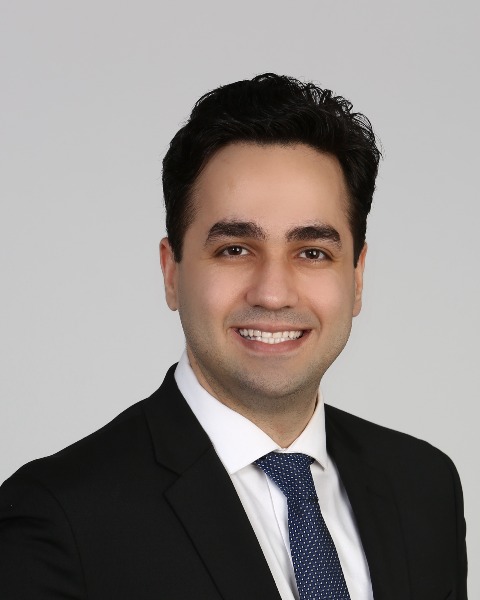Interventional Oncology
Endoportal RFA Followed by Stent Implantation in Hepatocellular Carcinoma with Portal Vein Thrombosis: Feasibility and Clinical Outcomes

Pedram Keshavarz, MD
Postdoc Research Fellow
David Geffen School of Medicine At UCLADisclosure(s): No financial relationships to disclose
- MM
Malkhaz Mizandari, MD, PhD
Professor of Interventional Radiology
Department of Diagnostic & Interventional Radiology of New Hospitals LTD, Tbilisi, Georgia - EG
Elene Gotsiridze, MD
Assistant Professor of Radiology
Department of Diagnostic & Interventional Radiology of New Hospitals LTD, Tbilisi, Georgia - TA
Tamta Azrumelashvili, MD, PhD
Associate Professor of Interventional Radiology
Department of Diagnostic & Interventional Radiology of New Hospitals LTD, Tbilisi, Georgia - NH
Nagy Habib, PhD
Professor of Hepato-biliary Surgery
Department of Surgery and Cancer, Imperial College London, UK 
Justin McWilliams, MD, FSIR
Professor of Interventional Radiology
David Geffen School of Medicine at UCLA
David S. Lu, MD (he/him/his)
Professor of Radiology, and Surgery
David Geffen School of Medicine at UCLA
Steven S. Raman, MD, FSIR
Professor of Radiology, Urology and Surgery
David Geffen School of Medicine At UCLA
Presenting Author(s)
Author/Co-author(s)
Materials and Methods:
With IRB and HIPAA compliance, a prospective observational cohort study included 54/60 HCC patients (HCV (48/54), HBV (6/54)) PVTT who successfully underwent EP-RFA between December 2012 to 2021 categorized into three main subgroups: complete main PVTT (16.7%, 9/54), partial main with complete left PVTT (27.8%, 15/54), and partial main with complete right PVTT (55.5%, 30/54). PVTT was classified into three types: class II (13%, 7/54), III (79.6%, 43/54), and IV (7.4%, 4/54). The log-rank test and Cox proportional hazards regression were used to determine the correlation between the variables and the clinical outcomes.
Results:
Fifty-four of 60 (90%) patients with EP-RFA had technically successful outcomes with completed stent implantation and follow-up, with 37/54 (68.5%) having acceptable clinical outcomes. The mean tumor size was 8.6 ± 3.4 cm, PVTT length of 4.1 ± 2.1 cm, treatment time of 38 ± 36.4 minutes and post-ablation luminal diameter of 10.3 ± 1.8 mm. The median duration of the recanalized PV was 13.4 months (range, 3 weeks to 22 months). Technical and clinical success rates had a significant association with survival (177 ± 17.3 days, HR: 0.3, 95%CI 0.12-0.71, P = 0.04) and (233 ± 18.3 days, HR: 0.14, 95%CI 0.07-0.27, P < 0.001), respectively. Patients who were Child-Pugh C and D, with multiple tumors, PVTT class IV, and long length of PV obstruction had a significant association with decreased survival (HR: 2.7, 95%CI 1.04-6.85, P = 0.04), (HR: 1.81, 95%CI 1.04-3.14, P = 0.03), (HR: 4.16, 95%CI 1.2-14.44, P = 0.02), and (HR: 1.16, 95%CI 1-1.33, P = 0.04), respectively.
Conclusion:
In this study, EP-RFA was safe and effective for the treatment of select patients with PVTT, although more study is required to assess its long term efficacy in a multi-institutional setting.

.png)
.png)
.jpg)
.jpg)
.png)
.png)
.png)
.jpg)
.png)